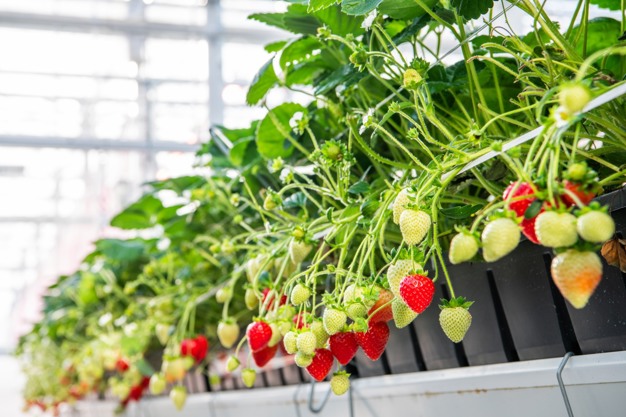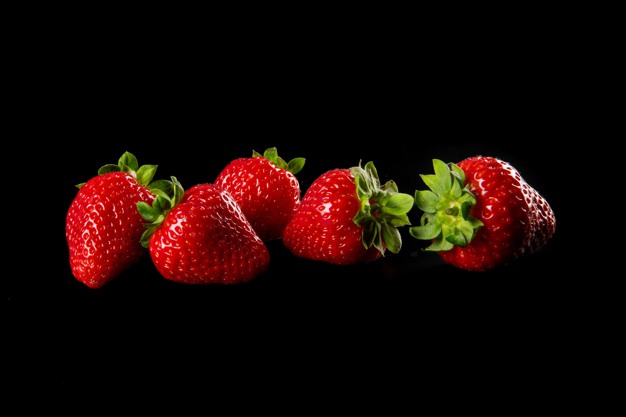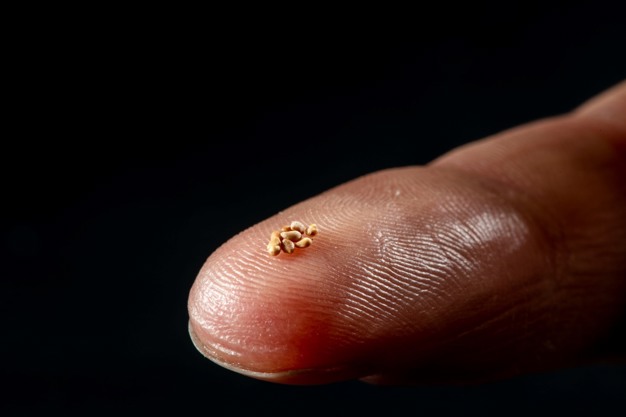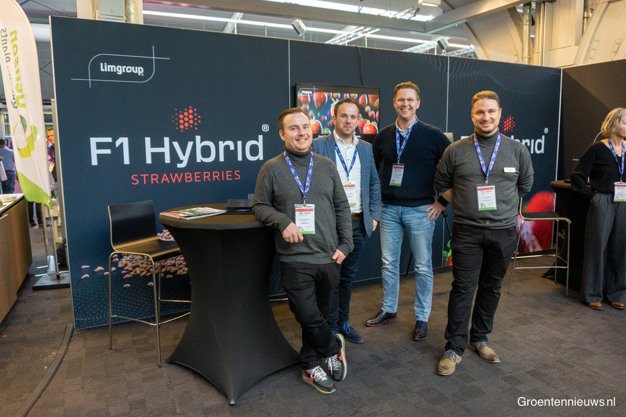The strawberry sector is facing significant changes, and a crucial part of this transformation will occur at the beginning of the supply chain. This was one of the major topics discussed at the Strawberry Day and the International Soft Fruit Conference in Den Bosch earlier this month. One of these developments is the shift to propagation from seed. Limgroup introduced its first hybrid for this purpose: Limore. The company is convinced that this will become the industry standard in the coming years.

"The cultivation of a strawberry plant currently takes three years, with a grower placing orders one and a half years in advance. By cultivating from seed, this is shortened to 16 weeks. This will make a tremendous difference in the market," says Sjoerd Gipmans, strawberry specialist at Limgroup, when asked about the impact of transitioning to hybrids on the strawberry market. "There are continuously fresh plants available, making it easier to respond to market demand. If you have to wait three years for plants, you cannot quickly adjust when a buyer requests a new product or additional supply. This is now possible."
Furthermore, plants grown from seeds are all uniform – something not achievable with propagation from cuttings. "Cuttings have different ages, originating from different generations. They are never 100 percent identical. Each seed, on the other hand, has the same starting point: they all start at 0 and grow at a consistent pace into a plant. As a result, growers work with very uniform plant material, can better control cultivation, and achieve higher yields with a homogeneous harvest pattern."

In addition, the newly launched variety Limore possesses specific characteristics. Sjoerd Gipmans explains that the variety belongs to the best-performing ones in the market, with a beautiful fruit size, good quality, and good shelf life.
It's no coincidence that Limgroup has been focusing on the development of strawberry hybrids for over a decade and a half. In this endeavor, they are not alone: in recent years, various major breeders in the vegetable sector, such as Bayer and Rijk Zwaan, have announced their activities in the strawberry sector. With the launch of Limore, Limgroup has taken the lead. And it hasn't been easy, as Vincent Deenen, CEO of Limgroup, explains. "To develop such a hybrid, all parent pairs must be homozygous: all chromosome pairs must consist of identical pairs. Strawberries are octoploid: they have eight different pairs of chromosomes. It was a significant challenge to develop this starting material." But now that it has been achieved, the possibilities for the future are much greater. "Many more techniques can be applied, and we can now continue to improve the parent lines without starting over with selecting the best cuttings."

It is clear that this breeding method is not comparable to the current way of working. Further down the chain, the transition to hybrids also requires changes. Growing from seed offers additional possibilities in terms of hygiene. "You no longer work with living plant material that is continuously propagated from generation to generation. Seed is clean and requires 100% clean cultivation."
Moreover, a crucial detail is that seeding is necessary, something current strawberry plant growers are not accustomed to. "But you also want flowering in your plant, and vegetable growers are not used to that. There is actually no plant grower fully equipped to cultivate in this way," says Vincent. Therefore, a consortium has been established to bring together the knowledge and expertise of vegetable and strawberry plant growers. Currently, the first part of the cultivation takes place at Gipmans Young Plants, and the final part of the cultivation occurs at Van der Avoird and Van den Elzen.
Limgroup is convinced that the future of the strawberry sector lies in seeds. "With Limore, we are starting a January cultivation in greenhouses in the Benelux and a March planting on racks. The seed is sold out for this year. For the next season, 2025, there is plenty of seed available. We see potential for Limore in North-West Europe and similar climates," says Vincent. "And in the coming years, more strawberry hybrids will be introduced. We believe this will become the standard worldwide."

Limgroup launched their first hybrid strawberry variety. In the photo: Sjoerd Gipmans, Martijn Davids, Martijn van Haastert, and Roland Sweijen
 Voor meer informatie:
Voor meer informatie:
Limgroup
info@limgroup.eu
www.limgroup.eu
